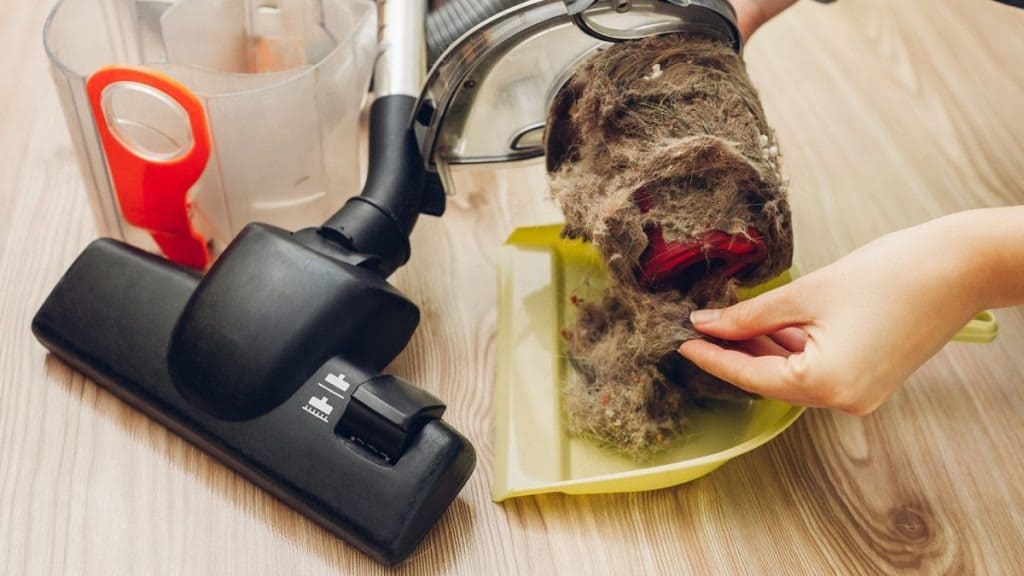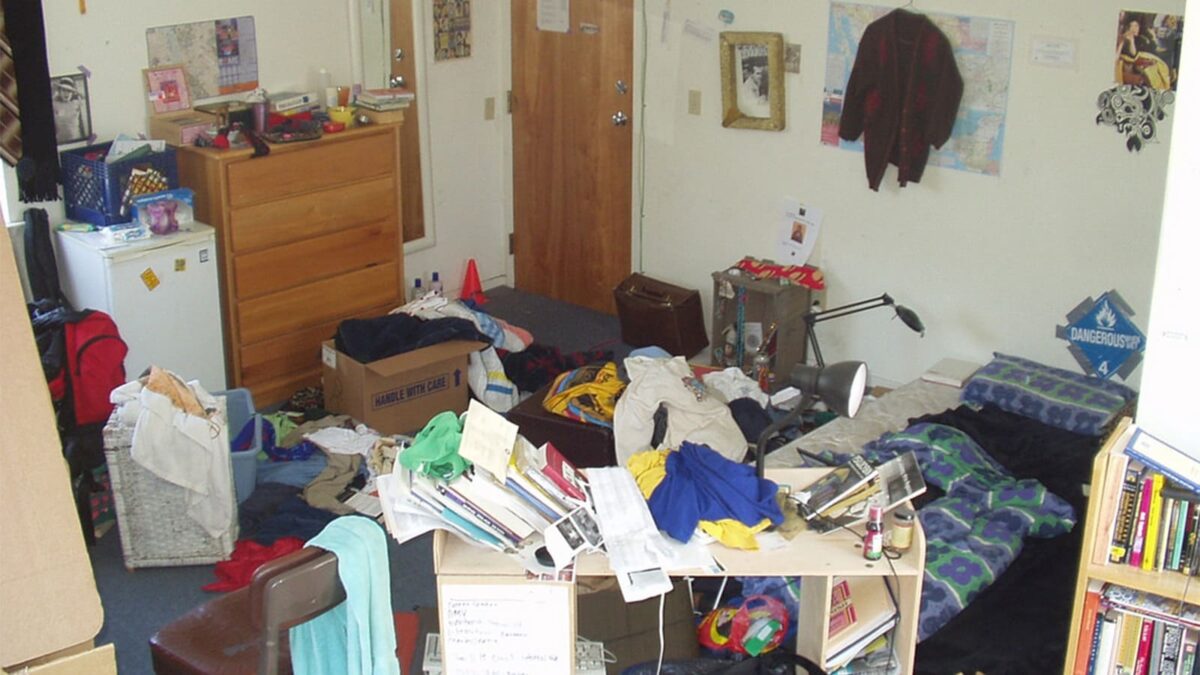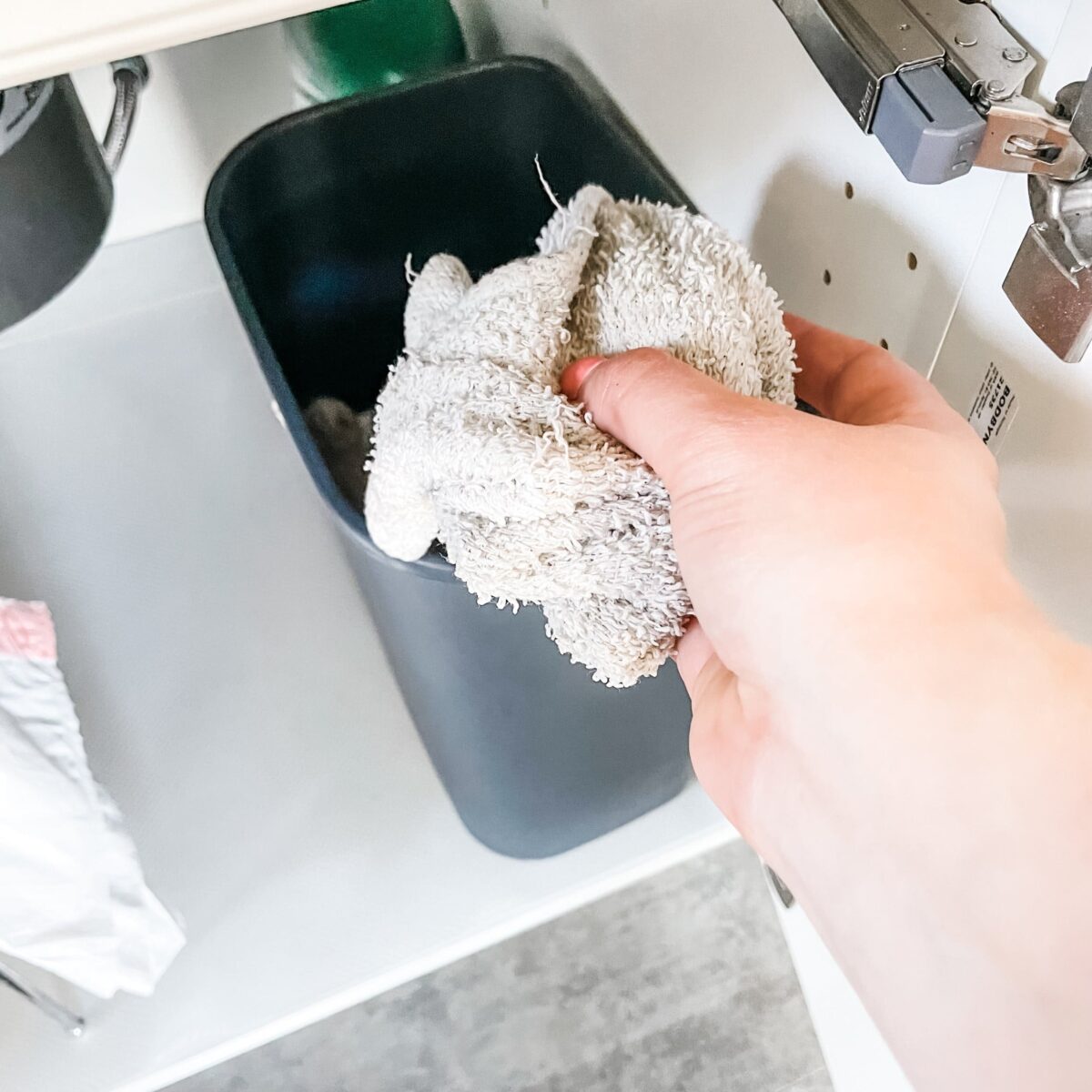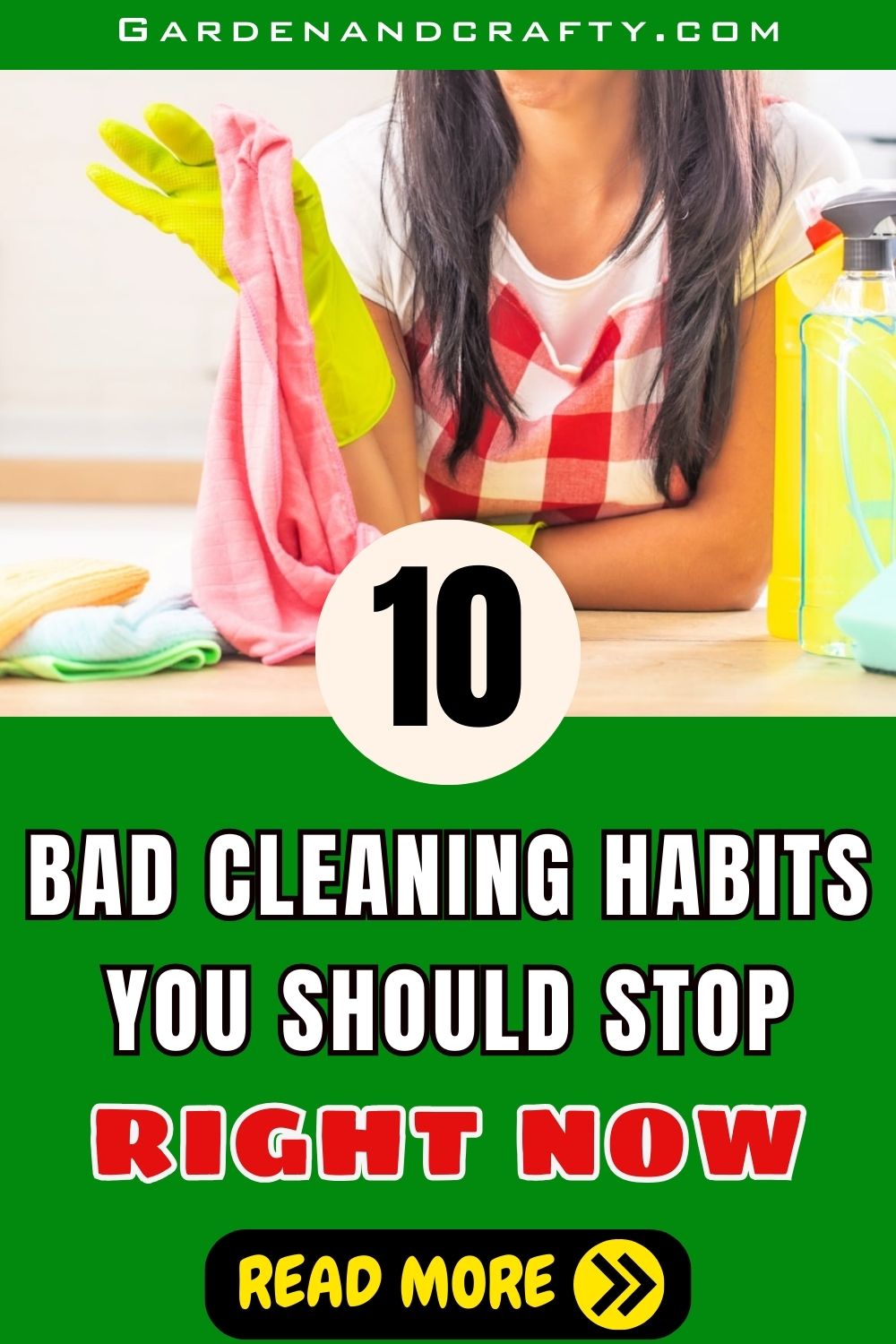Cleaning, for many, is a therapeutic ritual that turns chaos into order. However, despite our best intentions, we often fall prey to bad cleaning habits that can not only hinder our efforts but also lead to a less hygienic and welcoming living space.
In this guide, we’ve pointed out ten common cleaning habits that, although well-intentioned, might be doing more harm than good. However, don’t worry as each habit comes with a friendly nudge towards correction, ensuring your cleaning routine is not just an activity but a truly effective endeavor.
1. The Overly Generous Spray-and-Wipe:
Using an excessive amount of cleaning spray might feel like a shortcut to cleanliness, but it leaves behind residue and contributes to indoor air pollution. The chemicals in these cleaners, when sprayed in abundance, can accumulate on surfaces, causing streaks, and even damage over time.
The key here is less is more. Follow the recommended usage on the cleaning product labels, start with a modest amount and increase only if needed. For a streak-free shine, you should use a microfiber cloth and wipe in one direction.
2. Neglecting Vacuum Cleaner Maintenance
A neglected vacuum cleaner isn’t just inefficient, it’s a breeding ground for allergens. A clogged filter and full dustbin compromise the machine’s suction power, leaving behind dirt and allergens. That’s why you should maintain it regularly, empty the dustbin, clean or replace the filter as per the manufacturer’s instructions, and check for obstructions in the hoses. A well-maintained vacuum not only cleans better but also extends its lifespan.

3. Forgetting To Clean Cleaning Tools
Using dirty cleaning tools is counterproductive as dirty mop heads and sponges spread germs rather than eliminating them. After each use, you should rinse and disinfect mop heads, sponges, and scrub brushes. For reusable microfiber cloths, toss them in the laundry with hot water and bleach or a disinfectant.
4. Overlooking Hidden Germ Havens
When it comes to bad cleaning habits, it’s easy to focus only on visible surfaces means neglecting hidden germ havens like doorknobs, light switches, and remote controls. Your commonly touched surfaces are worth a deep clean with a disinfectant. Consider these areas as part of your routine, especially during cold and flu seasons.
5. Cleaning In A Cluttered Space
Cleaning around clutter not only prolongs the process but also makes it less effective as dirt hides in the nooks and crannies of a cluttered space. To fix it, declutter before you clean. Tidying up allows for a more thorough cleaning session. Plus, make it a habit to put things back in their designated places to maintain order.

6. Only Cleaning Visible Areas
Cleaning only what’s visible might give the illusion of cleanliness, but it’s like sweeping dust under the rug – it’s still there. Next time, it would be best if you take a holistic approach. Move furniture and clean it underneath. Don’t forget to clean the tops of cabinets and appliances. A comprehensive cleaning routine ensures a truly clean home.
7. Using Dirty Cleaning Cloths
A dirty cleaning cloth spreads, rather than eliminates, germs. Using the same cloth for multiple surfaces can even cross-contaminate. The solution is to use clean cloths for different surfaces. If you’re using a cloth to wipe down a bathroom surface, don’t use it in the kitchen without washing it first.

8. Forget Disinfection While Cleaning
Cleaning gets rid of all the dirt, dust, and grime, making your home feel fresh and brand new. However, cleaning alone is not enough. If you forget to disinfect your space after cleaning, there’s a chance that germs, such as bacteria and viruses, might still be lurking on your surfaces. Once you have completed the cleaning process, it is essential to utilize a disinfecting solution that incorporates bleach or alcohol. This will effectively sanitize the surface, leaving it completely germ-free and ensuring a hygienic environment.
9. Leaving Dirty Dishes In the Sink
The cooking process can make you feel drained and have no energy left for washing dirty dishes. However, you might want to reconsider it as a sink filled with food and dishes becomes a perfect breeding ground for bacteria. And it doesn’t limit itself to the sink alone. It can easily spread throughout your entire kitchen.
To make this task less stressful, you can ask other family members for help or quickly rinse the dishes before putting them in the dishwasher. It only takes less than 5 minutes.

10. Washing Windows On A Sunny Day
Washing windows in direct sunlight can cause streaks. The cleaning solution evaporates too quickly, leaving behind residue. Instead, you should choose a cloudy day or tackle window cleaning early in the morning or late in the afternoon. This way, the cleaning solution has time to work without drying too quickly.
In the pursuit of a clean and welcoming home, our habits play a crucial role. By acknowledging these common bad cleaning habits and making slight adjustments, your cleaning routines can become more effective, efficient, and even enjoyable. If you have any helpful cleaning solutions, let’s share them with us so that we can make our article more comprehensive.







